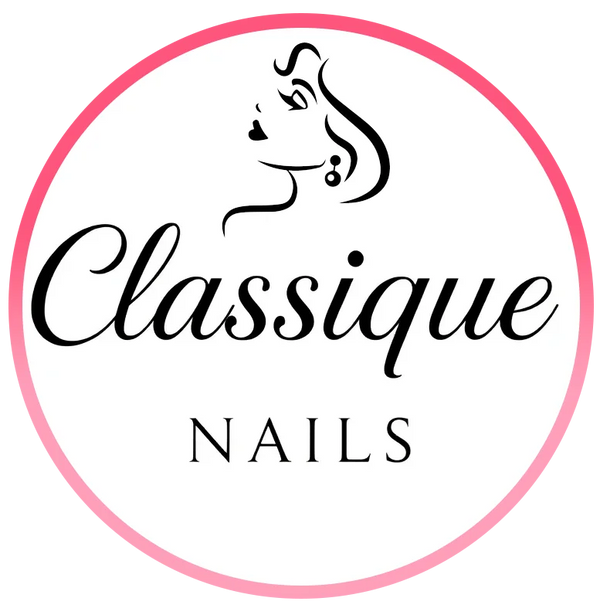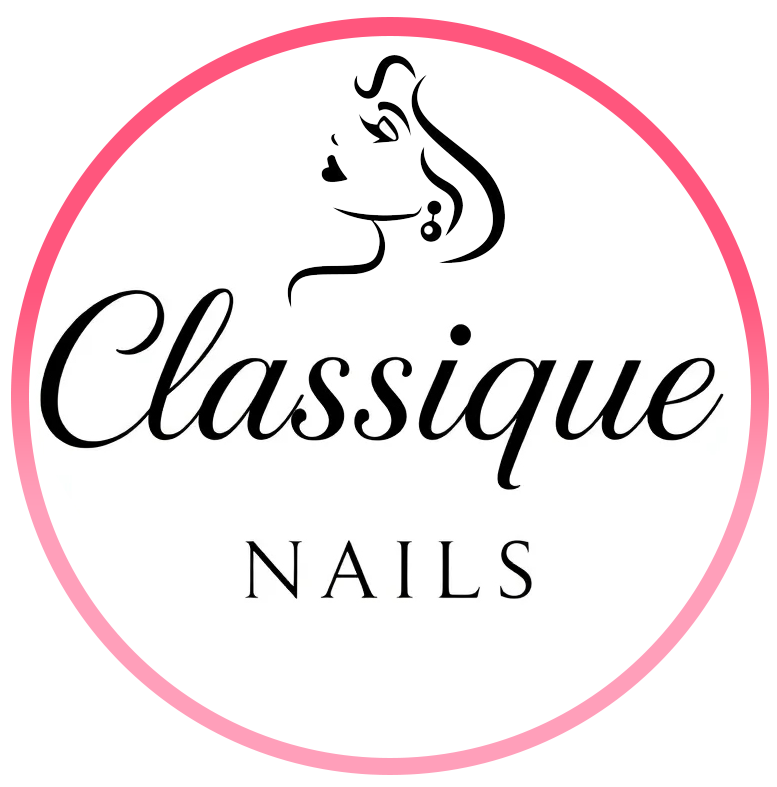
How To Tell If Your Nail Salon Is Safe
Share
Ways to Tell If Your Nail Salon Is Safe
When visiting a nail salon, safety and hygiene should always be top priorities. A poorly maintained salon can put you at risk of infections and other health issues. Knowing what to look for in a nail salon can help you make an informed decision and ensure a safe, enjoyable experience. Here are seven key indicators of a safe and professional nail salon.
1. Verify the Nail Technician’s Credentials
A skilled and experienced nail technician should have valid certifications from reputable beauty schools or training programs. Some courses last only a few days, while others span several months. Instead of relying solely on certificates, ask to see a portfolio of their work. A professional nail technician will be more than happy to showcase their expertise.
Additionally, advanced training and certifications indicate a commitment to continuous learning. A technician who keeps up with the latest nail care techniques and trends demonstrates a passion for the profession and a dedication to providing top-quality services.
2. Evaluate Professionalism and Hygiene Practices
A professional nail technician will maintain a clean and well-groomed appearance. Here are some signs of professionalism to look for:
- Wearing a neat uniform
- Keeping hair tied back
- Using disposable gloves
- Ensuring a clean and tidy workstation
A clean and well-maintained salon reflects the staff’s dedication to hygiene and professionalism, reducing the risk of infections and cross-contamination.
3. Assess the Cleanliness of the Salon
The overall cleanliness of the nail salon is one of the most crucial factors in determining its safety. Look for the following signs of a well-maintained salon:
- Floors and workstations are clean and free of dust and debris.
- Equipment and tools are sanitized regularly.
- The salon smells fresh and does not have a strong chemical odor.
- Bathrooms and common areas are clean and stocked with essentials.
If a salon appears unkempt or lacks proper hygiene practices, consider looking for another option.
4. Check the Sterilization of Tools and Equipment
Proper sterilization of nail tools is essential to prevent the spread of infections. Safe nail salons follow strict sanitation protocols, including:
- Using an autoclave or UV sterilizer to disinfect metal tools.
- Storing sanitized tools in sealed, individual sterilized pouches.
- Using disposable items, such as nail files and buffers, for each client.
- Cleaning and disinfecting footbaths after each use.
If tools are being reused without proper sterilization, it's a red flag that the salon is not prioritizing client safety.
5. Ask About Sanitation Certifications
Although nail salons may not require special licenses for basic nail care, they must adhere to local health and safety regulations. You have the right to ask about the salon’s sanitation practices and request proof of any health and safety certifications.
A reputable salon will be transparent about its hygiene policies and should be willing to share relevant documentation. If the staff hesitates or refuses to provide information, it may be best to find another salon.
6. Read Online Reviews and Client Testimonials
Before booking an appointment, take time to research the nail salon’s reputation. Here’s how you can find reliable feedback:
- Check Google Reviews, Yelp, and social media platforms for client testimonials.
- Look for reviews that mention cleanliness, professionalism, and overall service quality.
- Pay attention to how the salon responds to negative feedback—professional responses indicate good customer service.
Positive reviews from multiple clients can give you confidence in the salon’s quality and safety standards.
7. Examine the Products and Tools Used
A quality nail salon will use professional-grade, non-toxic products that prioritize both beauty and safety. Be on the lookout for:
- Well-known, reputable nail polish brands.
- 5-free or 7-free polishes, which are free from harmful chemicals.
- Properly labeled and sealed bottles to avoid contamination.
- A clean and well-organized work area with sanitized tools.
If the products appear old, unlabeled, or improperly stored, it may indicate poor hygiene practices.
Final Thoughts
Choosing a nail salon goes beyond aesthetics—it’s about ensuring your safety and well-being. By paying attention to hygiene, sterilization, professionalism, and product quality, you can make an informed decision about where to get your nails done.
A reputable salon will always prioritize cleanliness and customer satisfaction. Don’t hesitate to ask questions and observe their practices before committing to an appointment. Your health and safety should always come first!

